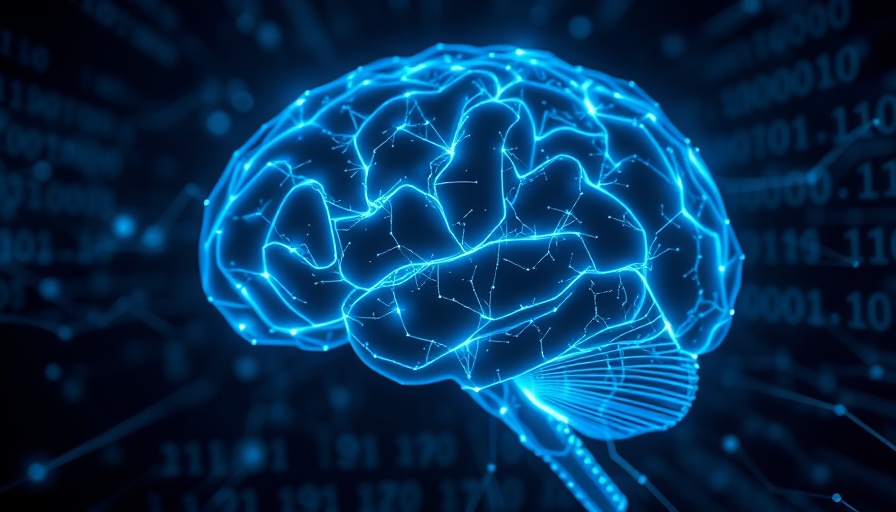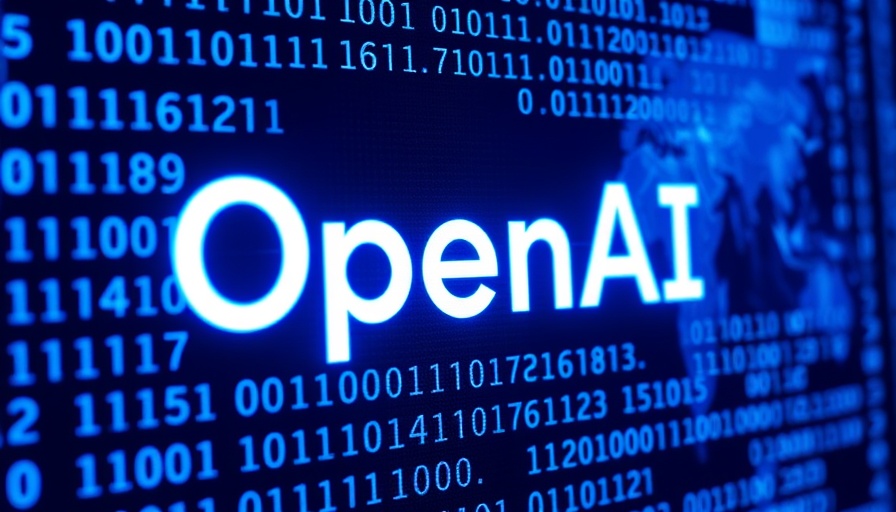
The Marvel of Human Intuition: What AI Can't Grasp
Have you ever considered how your ability to navigate through various environments is second nature? In a groundbreaking study conducted by scientists at the University of Amsterdam, researchers found that our brains possess a remarkable capacity to recognize 'affordances'—those instinctive actions that we can take in our surroundings, like swimming in a lake or walking along a footpath. This phenomenon occurs automatically and without conscious thought, making it an innate human superpower that artificial intelligence has yet to replicate.
What Are Affordances and Why Are They Important?
Affordances refer to the perceived opportunities for action that different environments offer. For instance, when we look at a mountain path, our minds instinctively know we can walk there. The study revealed that these automatic judgments activate specific areas in our visual cortex, displaying patterns of brain activity that are not directly linked to the visual stimuli alone but are rooted in our understanding of what we can do with what we see. This discovery emphasizes our brains' ability to process complex interactions with the environment, further illustrating how our intuition shapes our daily experiences.
How Do We Compare with AI?
While AI technologies like ChatGPT continue to advance, the study revealed that they still struggle with the concept of affordances. Currently, AI lacks the ability to understand the physical context required for intuitive judgments, relying instead on pre-programmed responses and data analysis. This gap highlights the challenges that developers face in making AI systems more versatile and human-friendly.
Future Implications for AI Development
As the world of technology continues to evolve, integrating findings from neuroscience into AI development could pave the way for more advanced systems. Embracing human cognitive models may lead to more intuitive AI applications that enhance user experience, promote interaction, and potentially even revolutionize industries focused on robotics and next-generation technology.
Conclusion: Bridging the Gap between Humans and AI
The insights from the Amsterdam research deepen our understanding of both human cognition and artificial intelligence. Rather than seeing AI as simply tools, recognizing how we can learn from the human brain could spur innovative breakthroughs in future technology. The key may lie in merging human-like perceptual abilities with advanced algorithms, which can usher in a new realm of AI capabilities. As we explore this exciting frontier, it’s essential to remain optimistic and engaged about the evolving relationship between humans and technology.
 Add Row
Add Row  Add
Add 




Write A Comment